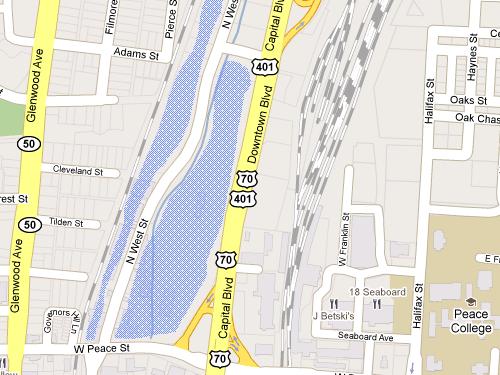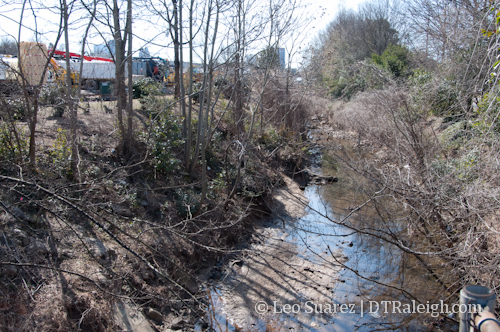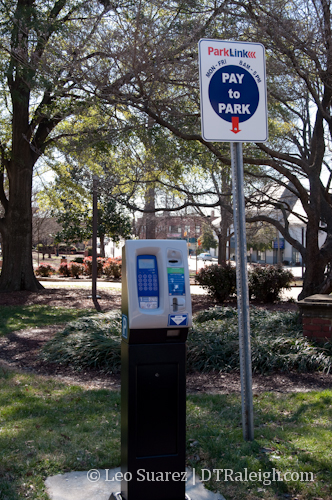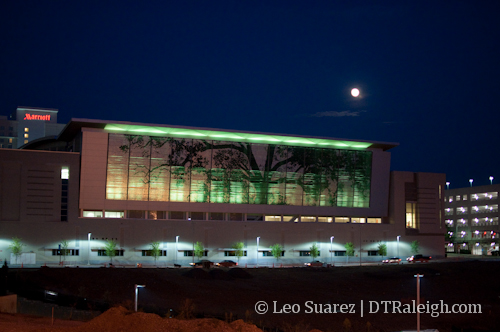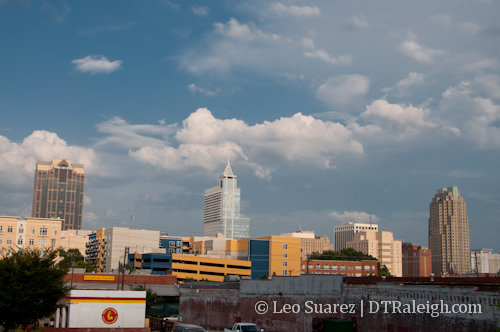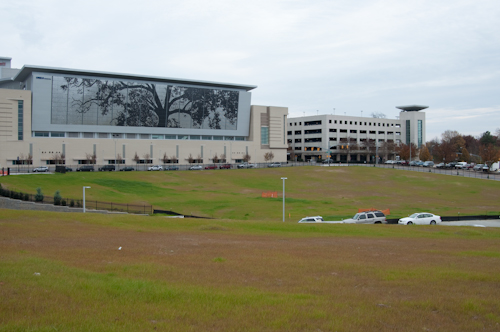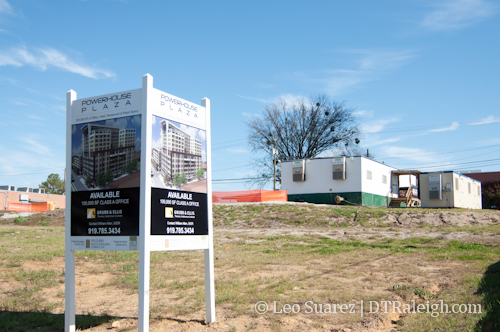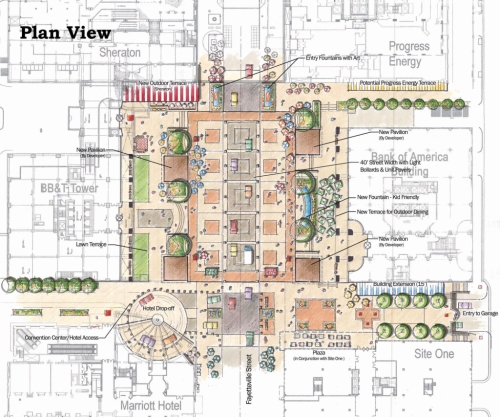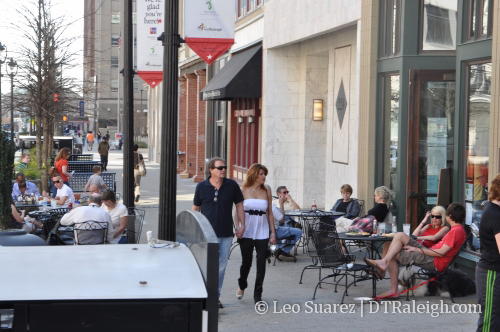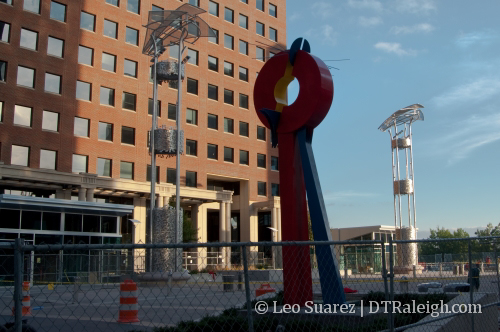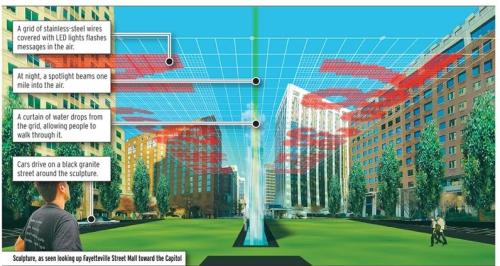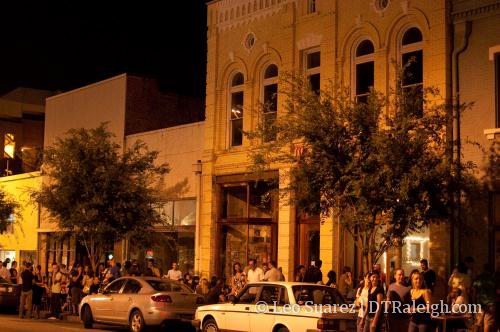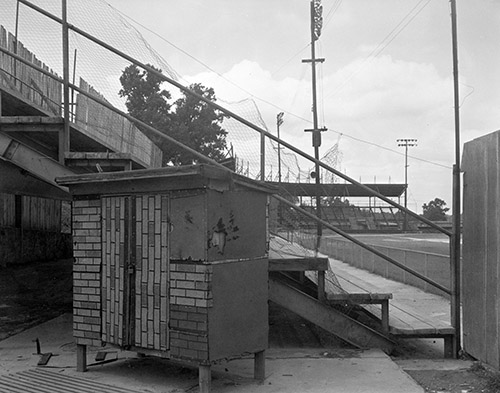
Courtesy of the North Carolina State Archives
It’s no secret but most people don’t know about the baseball stadium that once stood near downtown. That’s right, at one point in time, minor league sluggers were blasting home runs onto what would eventually become Capital Blvd. The ballpark once sat in the area highlighted in the map below and this is where I’d like to focus the conversation today.
Raleigh’s Team
The Raleigh Capitals once played at Devereux Meadow Ballpark which was located along present day Peace Street between West Street and Capital Blvd. The stadium was built in 1938 and baseball had its up and downs here until the site was cleared in 1979. In the name of “progress”, the area was then used for city services, a parking lot for waste disposal vehicles really. I want to highlight two articles I found that mention the stadium meeting the wrecking ball, written around that time.
Sentiment Surrounds Wrecking Of Park – The Time-News June 27, 1979.
Wrecker’s Ball Puts End To Ballpark – The Tuscaloosa News June 27th, 1979.
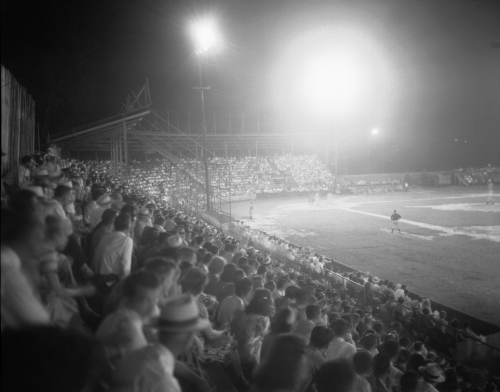
Courtesy of the North Carolina State Archives
What is there now?
The area today contains few offices or very little of anything representing density or urbanity. The city has been using the lots for parking waste services trucks and other utility vehicles. A few businesses reside off West Street in “off the beaten path” office space with very little car and pedestrian traffic on West Street.
However, the more important resource in this area is the Pigeon House Branch Creek that snakes through the Devereux Meadow site and hides underneath certain streets in downtown. Here’s an excellent blog post tracking the creek through the site. Last I checked, the creek was on the state’s list of impaired waterways and the city is trying to remedy this. One example of a fix has been the water garden at nearby Fred Fletcher park. I bet most readers have driven or walked through this area and never knew that a creek was flowing underneath.
The Future
As far as I know, there are no plans for Devereux Meadow at this moment. Ideas of a river walk have come up but nothing has materialized from that. It’s all talk at this point but that allows the online peanut gallery here to dream up ideas for this large piece of property on the edge of downtown.
More on that later….

